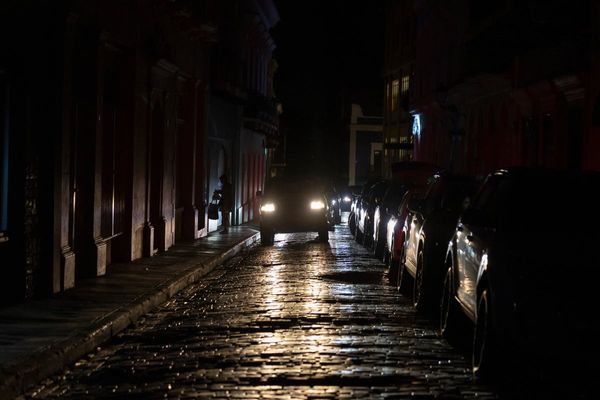It's feeding time and a small group of volunteers is chopping up fresh fruit and mixing a special juice with added salt for a little bunch of fussy eaters.
This rescue group on Queensland's Capricorn Coast usually cares for megabats — or fruit bats — but now their energy is focused on saving their much, much smaller cousins: microbats.
These tiny bats usually live in caves but mining operations and land clearing has destroyed much of their natural habitat, so Bat Care Capricornia has engaged the help of a local Men's Shed group to build super-small homes for the vulnerable species.
"There has been a lot of deforestation around here," explained Bat Care Capricornia's Pam Purton.
These delicate, furry flying mammals can weigh as little as 3 grams, with the biggest species only reaching 150g.
Australia is home to about 70 species of microbat, half of which are threatened, according to the Department of Environment.
Three of these species are found in Central Queensland: the threatened ghost bat and large-eared pied bat, and the critically endangered coastal sheath-tailed bat.
Bat Care Capricornia hopes the bat houses, which resemble upside-down letter boxes, will not only provide shelter for the tiny mammals but will raise awareness about their plight.
The rescue group is working with local landowners and conservation groups to distribute the bat houses and collect data for research.
"We wanted to create a space where there are numerous microbats so we can start experimenting with an integrated pest management plan about how well the microbats deal with insect populations," Ms Purton said.
Is it too late for some species?
CQUniversity academic and biologist Professor Simon Robson welcomed the group's initiative.
But hope is dwindling for the ghost bat, whose numbers locally have declined by almost 80 per cent since the 1990s.
Three years ago, research suggested there were only 50 bats left, and researchers suspect cane toads may have had an impact on their dwindling population.
The colony is found at Mount Etna, 30 kilometres north of Rockhampton. It has the largest maternity cave in Australia and was at the centre of Australia's longest-running conservation campaign over mining that destroyed a number of caves from the 1960s to the 1990s.
Professor Robson and a team of students recently mapped the surrounding caves using remote sensors and echolocation in the hope of finding the elusive ghost bat.
They found nothing.
Better news for bent-wing bat
There are better prospects for the bent-wing bat, which travels up to 1,000 kilometres away to the maternity caves for its breeding season starting in December.
"They will return to Mount Etna, and there's a particular cave there that will have over 100,000 bats in it — and then they will double when they have their babies," Professor Robson said.
Professor Robson is also working with the Department of Environment to survey roosting sites throughout north Queensland, some of which haven't been monitored in 30 years.
Mapping next door
CQUniversity student Lydia Georgeson was part of the survey team that used a thermal camera to pick up the bats' body heat.
She is also mapping the Capricorn Caves in 3D for future scientific research.
These caves — a privately owned eco-tourism venture — are part of the same system as Mount Etna's caves, but the researchers here also have recorded few sightings of the ghost bat.
"It's something that we try to keep an eye on, and whenever we see a ghost bat in these caves, we get pretty excited," Ms Georgeson said.
"We have quite a few little bent-wing bats that will hang around here so we can get tens of thousands of those bats in this cave and they can also be going to Mount Etna."
The Capricorn Caves also works with the Department of Environment, which says it is collaborating with an acoustic analyst to obtain counts of the ghost bat from acoustic recordings.
The work has not yet been finalised.







